The 'Delete' key not working can be an irksome issue. Though it doesn't render your computer entirely unusable, it forces you to reach for workarounds for tasks that include the 'Delete' key as an input.
Fortunately, there are multiple methods to fix the issue, albeit they are software-related. If there is some physical issue and/or damage to the key, you might have to take your keyboard to the shop.
1. Check for Physical Issues
Before you go down the troubleshooting road, you need to make sure there is nothing wrong with the keyboard/key physically. First, ensure no water damage or dust/debris is stuck under the key.
In addition, press it a couple of times and make sure it feels perfectly normal. If you hear any squeaking or crackling sound or resistance while pressing it, there could be a physical issue with the key, which might need replacing.
2. Connect an External Keyboard
Connecting an external keyboard is also a great option to ensure the problem is not hardware-based.
If the Delete key works on the externally connected keyboard, it rules out all the software-based issues, and your keyboard needs to be fixed or replaced.
3. Run the Keyboard Troubleshooter
If you have ruled out hardware issues, the very next step is to find if there are any systemic or configuration issues with your keyboard. The keyboard troubleshooter will help you detect and resolve the issue.
First, head to the Start Menu and click on the 'Settings' app icon.
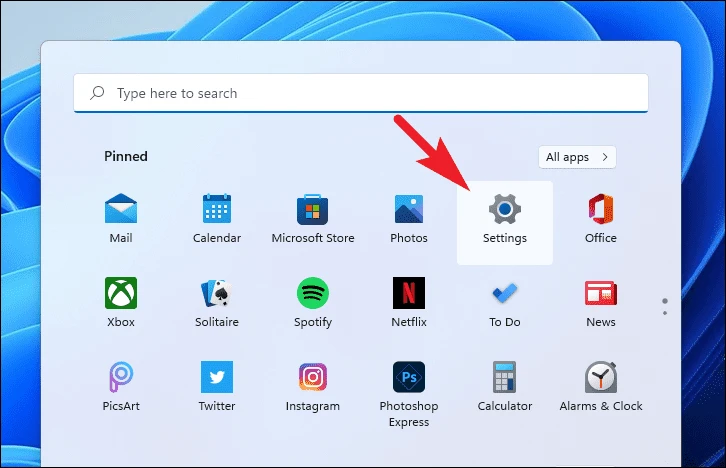
Next, make sure you have selected the 'System' tab from the left sidebar.
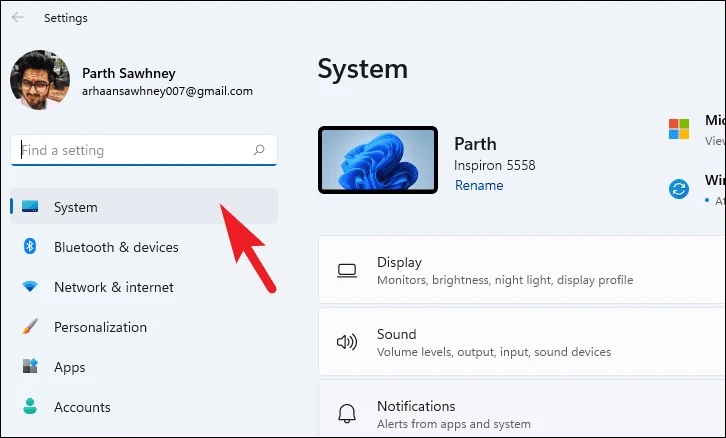
After that, from the right section of the window, click on the 'Troubleshoot' tile to proceed.
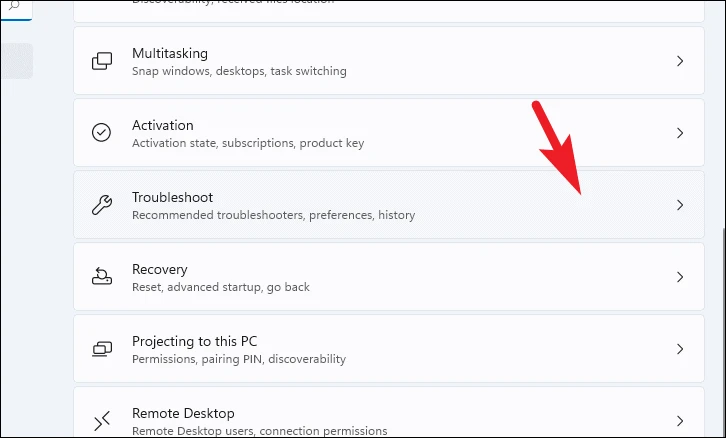
Next, click on the 'Other troubleshooters' tile to continue.
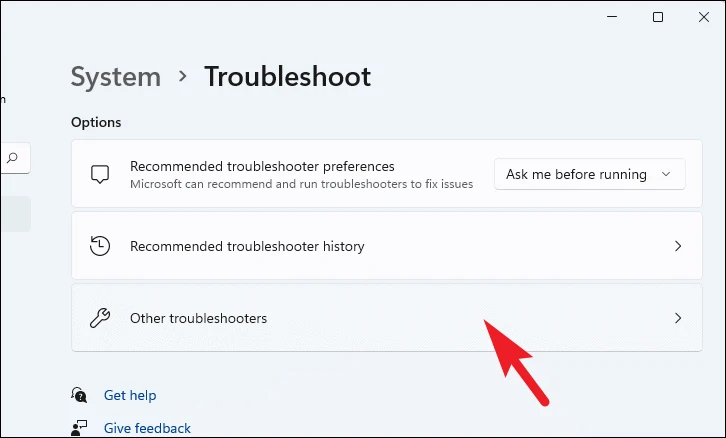
After that, locate the 'Keyboard' tile and click on the 'Run' button to initiate the troubleshooting. Then, follow the instructions on the screen to troubleshoot the issue.

4. Update Keyboard Drivers
A driver issue could also cause the key to malfunction or not work at all. You can easily update the keyboard drivers from the Device Manager, which might rectify the problem.
To update the driver using the Settings app, head to the Start Menu and click the 'Settings' tile.
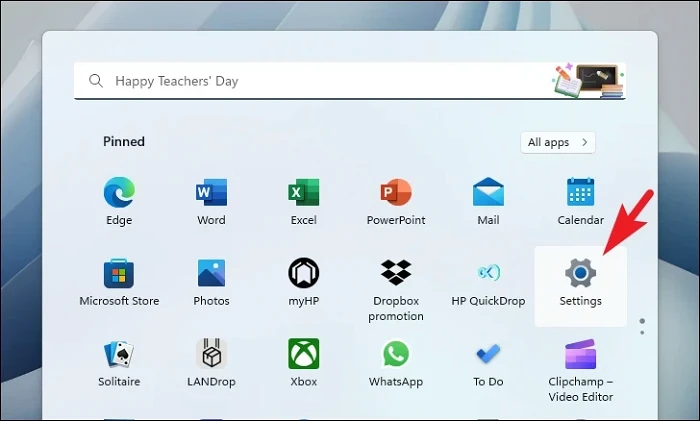
Then, click on the 'Windows Update' tab from the left sidebar.
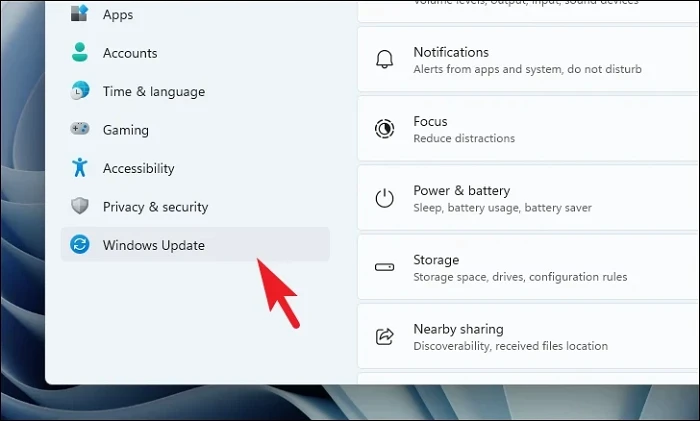
Next, click the 'Advanced Options' tile from the right section to continue.

Then, click on the 'Optional Updates' tile to proceed.
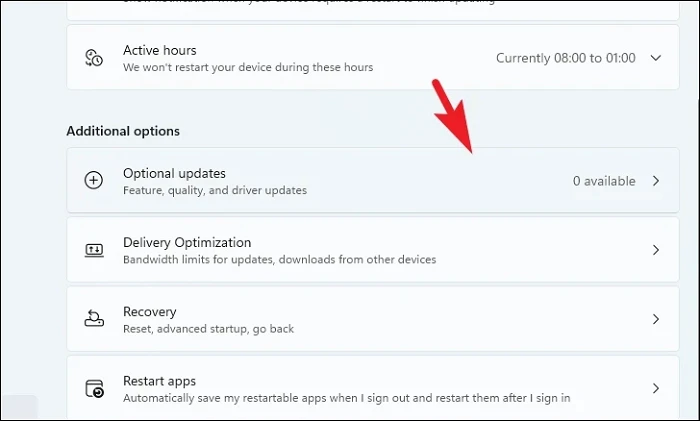
Now, select the updates having the 'Keyboard' as a suffix or prefix by clicking on the individual checkboxes. Finally, click on the 'Download & install' button.

Once installed, restart your PC and check if the key has started working again.
You can also update the drivers using the Device Manager. To do so, head to the Start Menu and type Device Manager to search for it. Then, click on the 'Device Manager' tile to open it.
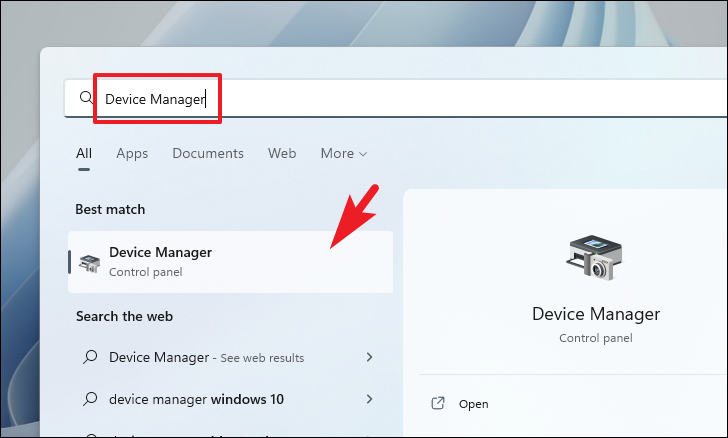
Next, double-click on the 'Keyboards' section to expand the options. Then, right-click on the hardware component and choose the 'Update driver' option from the contact menu. This will open a separate window on your screen.
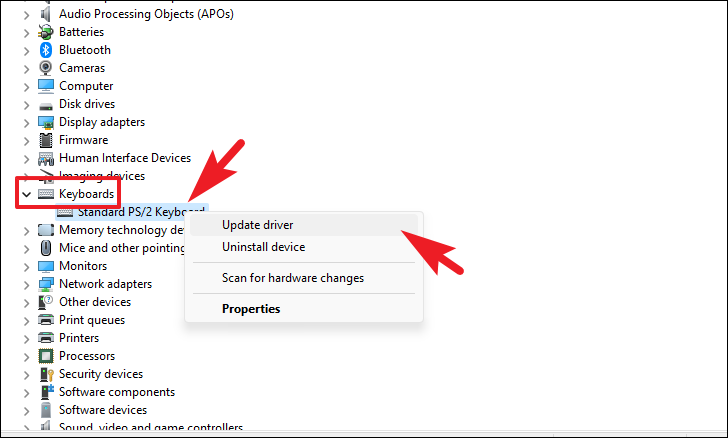
After that, click on the 'Search for the driver automatically' option to let Windows download and update the driver for you. Otherwise, click on the 'Browse my computer for driver' to locate a driver package using File Explorer.

Once the drivers have been updated, restart your PC and check if Del key is working.
5. Force Keyboard Rescan
If all else has failed, this is the nuclear option. Using the Registry Editor or PowerShell, you can delete the already scanned keyboard layout and force Windows to rescan the keyboard.
To force rescan the keyboard using Registry Editor, head to the Start Menu and type 'Registry' to perform a search. Then, from the search results, click on the 'Registry Editor' tile.

Now, a UAC window will appear on your screen. If you are not logged in with an admin account, enter the credentials for one. Otherwise, click on the 'Yes' button to proceed.

Then, type or copy and paste the below-mentioned address in the address bar and hit Enter on your keyboard to navigate to it.
Computer\HKEY_LOCAL_MACHINE\SYSTEM\CurrentControlSet\Control\Keyboard Layout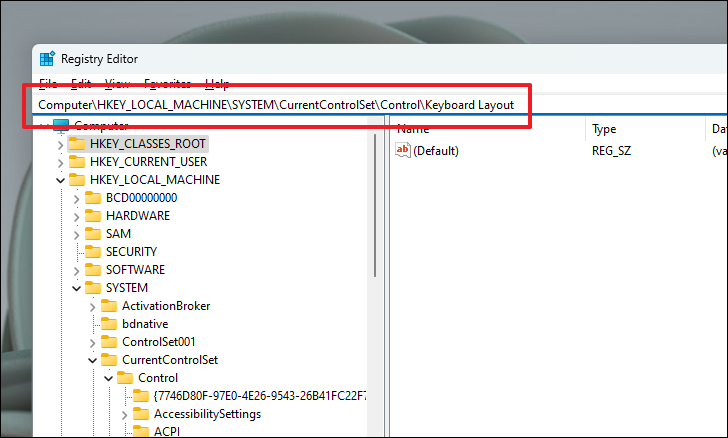
Next, on the right section of the window, right-click on the 'Scancode' DWORD file and choose the 'Delete' option to delete it.
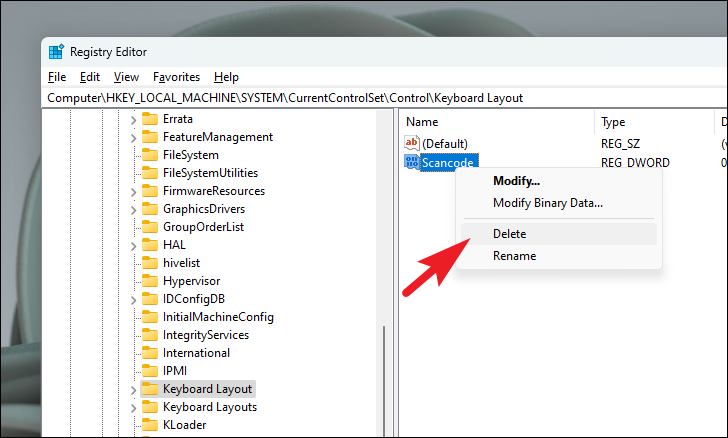
Then, from the appeared dialog box, click on the 'Yes' button.
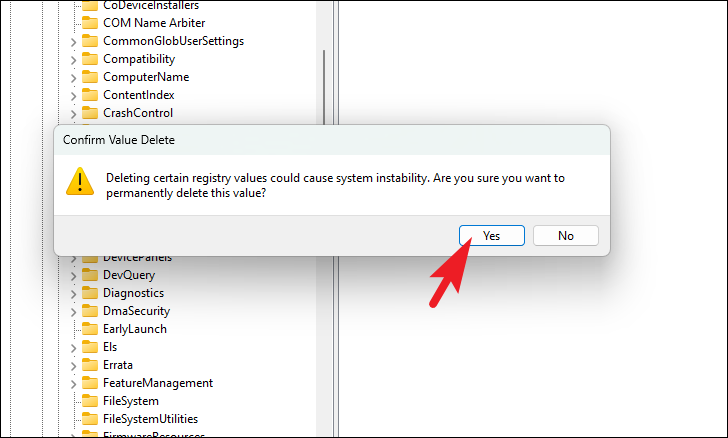
Restart your PC from the Start Menu and check if the problem persists.

If you do not have the 'Scancode' DWORD file or are uncomfortable tinkering with the Registry Editor on your system, you can also use PowerShell to achieve the same result.
To use Powershell to rescan the keyboard layout, head to the Start Menu and type 'Terminal' to perform a search. Then, from the search results, right-click on the 'Terminal' tile and click the 'Run as administrator' option to proceed.
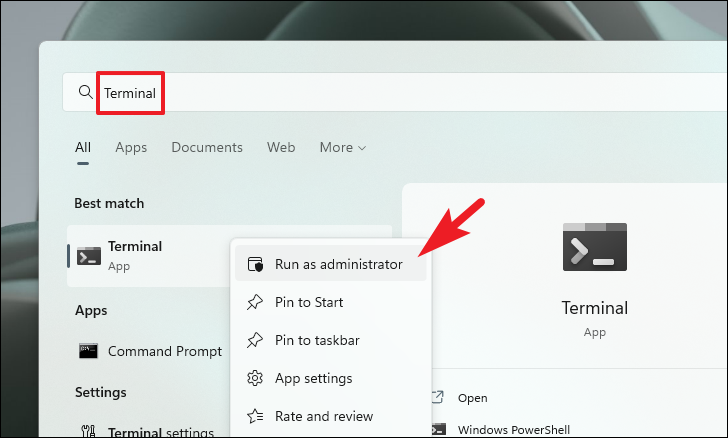
After that, a UAC window will appear on your screen. If you are not logged in with an admin account, enter the credentials for one. Otherwise, click on the 'Yes' button.

Now, type or copy and paste the below-mentioned command and hit Enter on your keyboard to execute it.
Get-AppXPackage -AllUsers | Foreach {Add-AppxPackage -DisableDevelopmentMode -Register “$($_.InstallLocation) AppXManifest.xml"}
Once the code has been executed, restart your system from the Start Menu and check if it has resolved your issue.
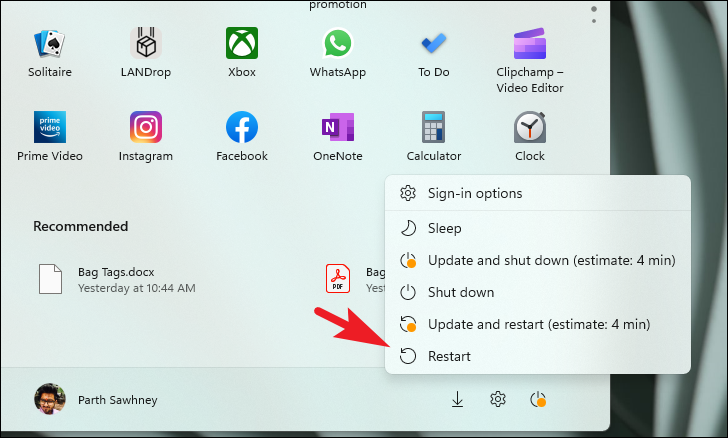
6. Enable Keyboard and Tablet Input Service
If you are experiencing this issue on other keys as well on your keyboard, there is a possibility that the Keyboard Service is stopped/disabled. Fortunately, you can start or re-enable it yourself.
First, head to the Start Menu and type Service to perform a search. Then, click on the 'Services' tile from the search results.
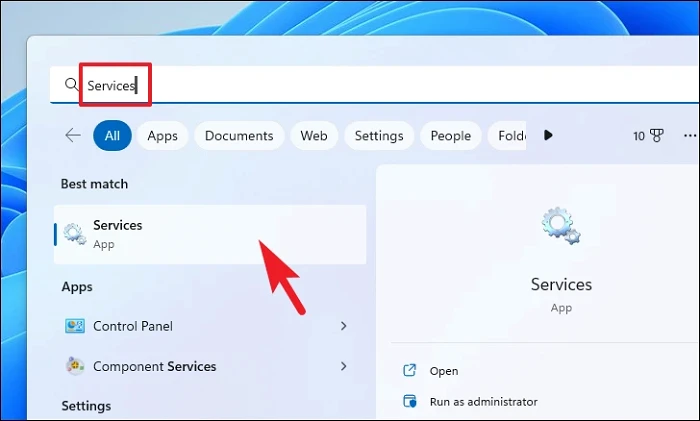
Now, locate the 'Microsoft Keyboard Filter' service and double-click on it. This will open a separate window on your screen.

Then, click on the dropdown menu followed by 'Startup type,' choose the 'Automatic' option, and click on the 'Apply' and 'OK' buttons to save the changes.
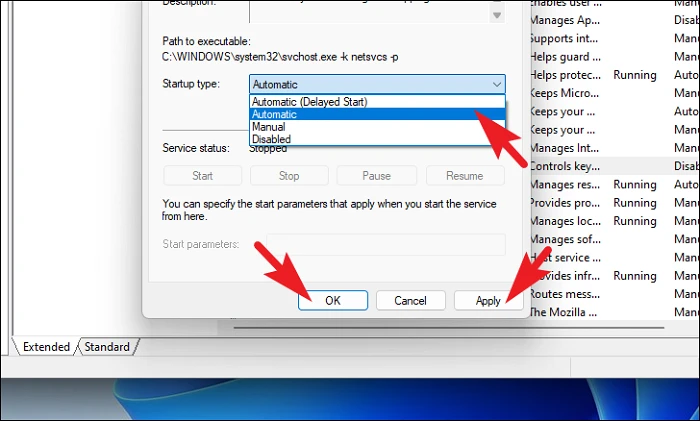
Similarly, repeat the same process with the 'Tablet PC Input Service' option from the list.
7. Run DISM and SFC
Your system files may be corrupted or damaged due to an incomplete Windows update or improper uninstallation of third-party apps. Otherwise, it could also be due to malware/viruses on your system. Though the probability is highly unlikely, ensuring that isn't the case cannot hurt.
Head to the Start Menu and type 'Terminal' to perform a search. Then, right-click on the 'Terminal' tile from the search results and click the 'Run as administrator' option.

A UAC (User Account Control) window will appear on your screen. If you are not logged in with an admin account, enter the credentials for one. Otherwise, click 'Yes'.
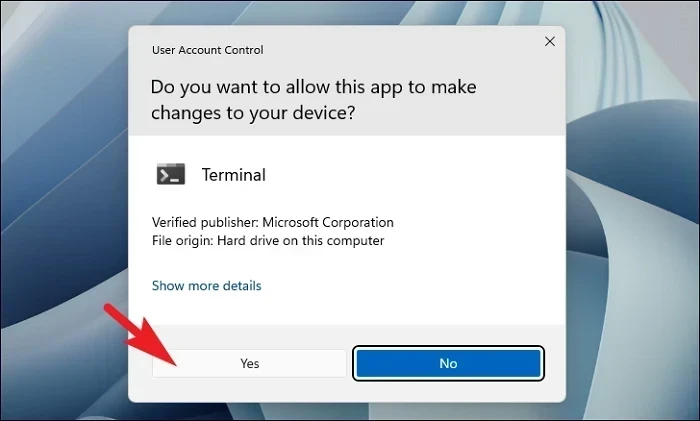
After that, click on the 'chevron' (downward arrow) icon and select 'Command Prompt'.

Then, type or copy and paste the below-mentioned command and hit Enter on your keyboard. This will restore the currently installed OS image on your device.
DISM/ Online/Cleanup-Image/RestoreHealth
Afterward, type or copy and paste the following command to check and repair the system files on your PC.
SFC /scannow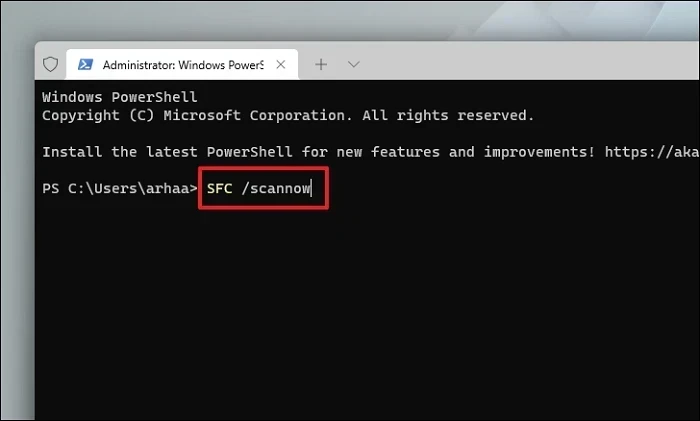
Once successfully executed, restart your PC and check if you can update your PC.
8. Roll Back to a System Restore
If you believe that a recent software upgrade or a third-party software installation might be the culprit, you can roll back to a system restore point if you have one.
Head to the Start Menu and type 'Control' to perform a search. Then, click on the 'Control Panel' tile from the search results to proceed.
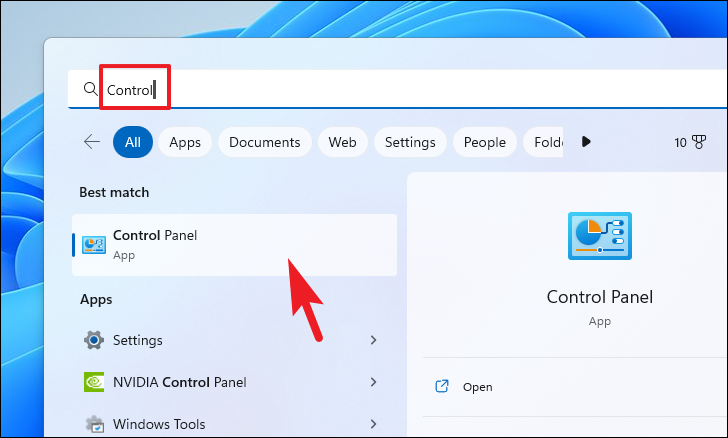
After that, locate and click on the 'Recovery' tile from the grid of icons.
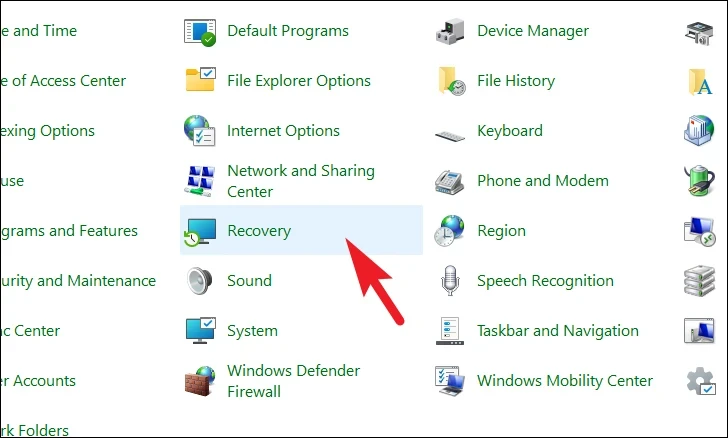
Next, click on the 'Open System Restore' option from the list. This will open a separate window on your screen.

From the separately opened window, click on the 'Next' button.
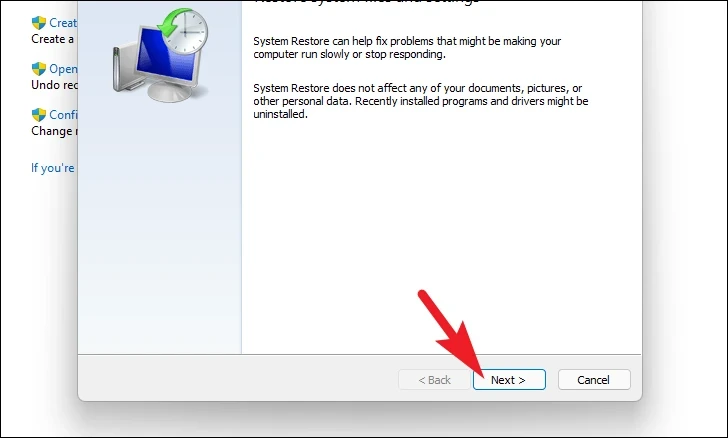
All created system restore points will be listed on the screen. Click to select the desired one and then click on the 'Next' button to initiate the rolling back process.
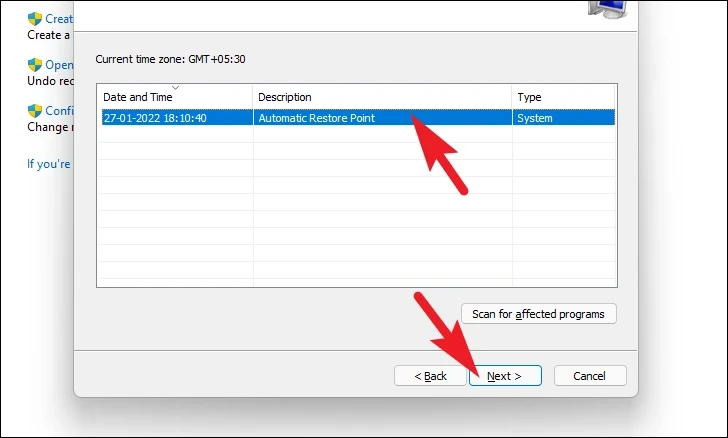
Next, a list of drives impacted by the rollback will be displayed, along with the timestamp of the restore point created. You can also check the programs that will be affected by clicking on the Scan for the affected programs' button. A new window will appear on the screen.
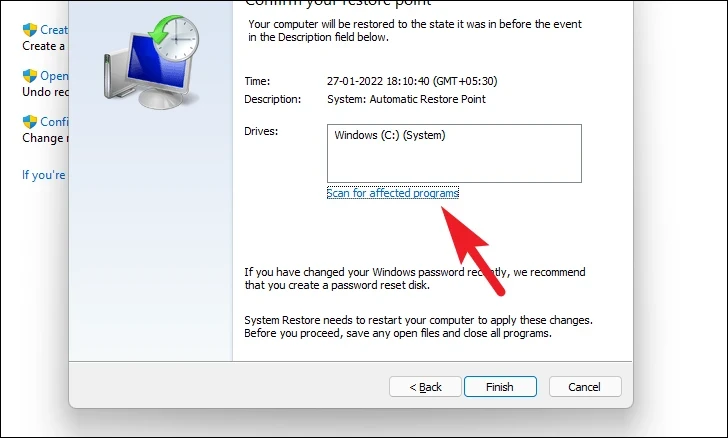
On the new window, you can view the programs that will be deleted and the ones that will be restored (since no programs will be affected on the test PC, the list on the screenshot below is empty). Click on the 'Close' button to navigate to the previous window.
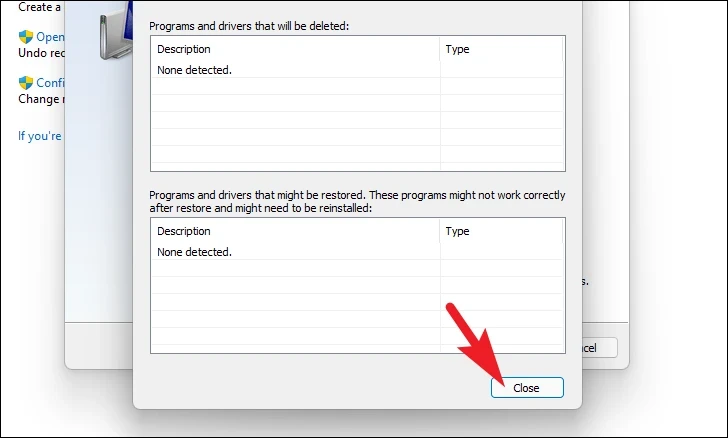
Finally, click the 'Finish' button to initiate the rollback process.

9. Reset Your PC
If you did not have a system restore point to roll back to or any of the solutions mentioned until now fix the issue for you, this one might do the trick. Resetting your PC will restore all the settings and system files to the factory state without removing your personal files and folders.
Head to the 'Settings' app from the Start Menu to reset your PC.

After that, make sure you have selected the 'System' tab from the left sidebar present on the 'Settings' window.
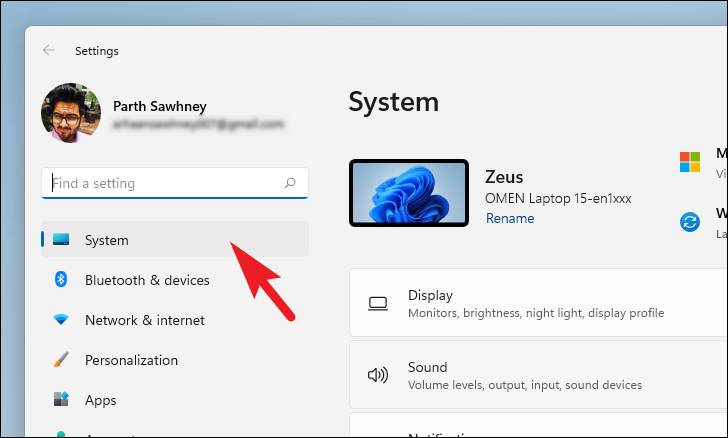
Next, from the right section of the window, scroll down to locate and click on the 'Recovery' tile to continue.
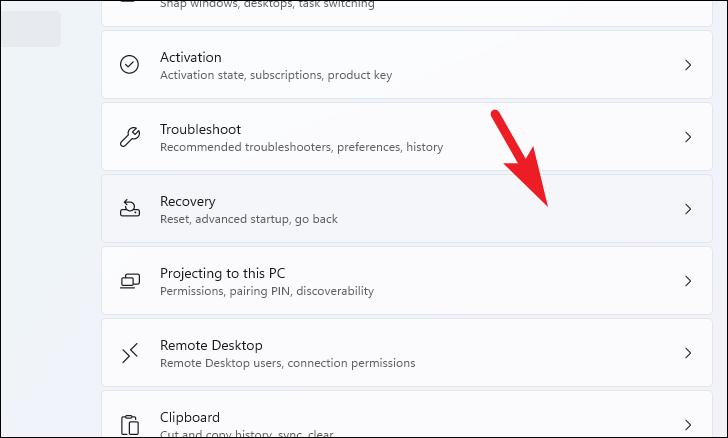
Now, locate the 'Reset this PC' tile under the 'Recovery options' section and click on the 'Reset PC' button on the tile's far right edge. This will open a separate window.

On a separate window, you will have two options. Choose the 'Keep my files' option by clicking on it to roll the system settings and apps to a fresh start whilst keeping your personal files and folders intact.

On the next screen, you must choose a method for reinstalling the operating system on your machine. Since there could be an issue with the copy already present in your system, it is recommended that you click on the 'Cloud download' option.

After that, Windows will list the settings that you have chosen. If you wish to change any of it, click the 'Change settings' option to continue.

If you change the settings, you can configure the following settings on the next screen. You can choose not to restore the apps and settings by clicking on the toggle switch under the 'Restore preinstalled apps?' option and bringing it to the 'No' position. You can switch from the Cloud download to the local installation by clicking the 'Download Windows?' toggle. Once adjusted, click 'Confirm' to proceed.

Then, click 'Next' at the bottom right to continue.
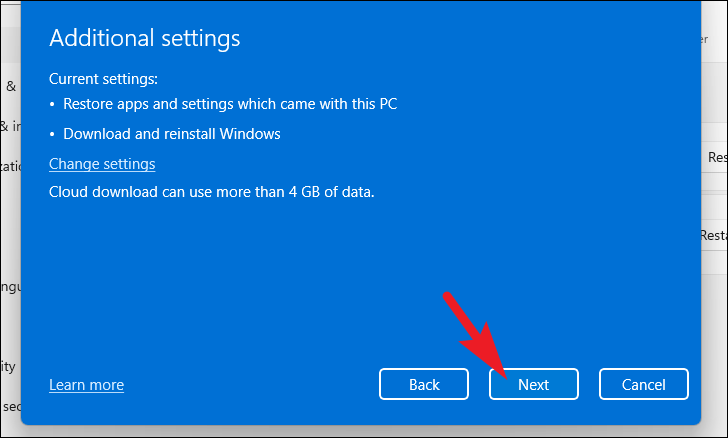
It might take a while for Windows to load the next screen. Windows will list the impact of resetting your PC. Read them carefully and click 'Reset' to initiate the process.
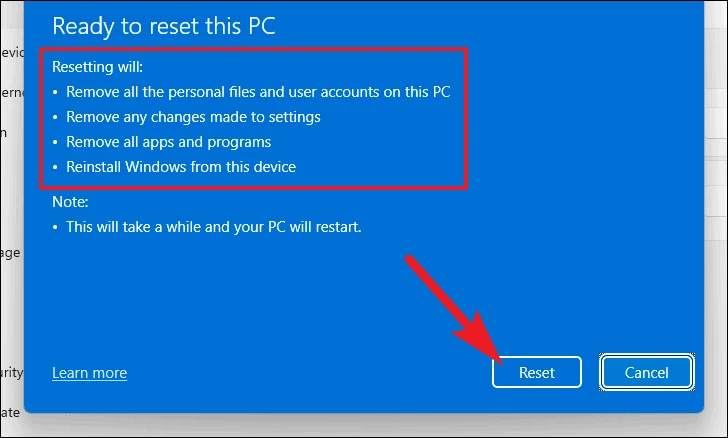
That's about it. One or more methods described in this guide should resolve the 'Delete' key not working issue. If we missed anything, do not hesitate to mention it in the comments section.

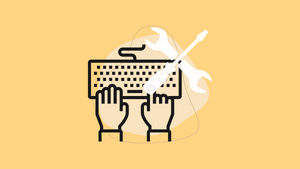








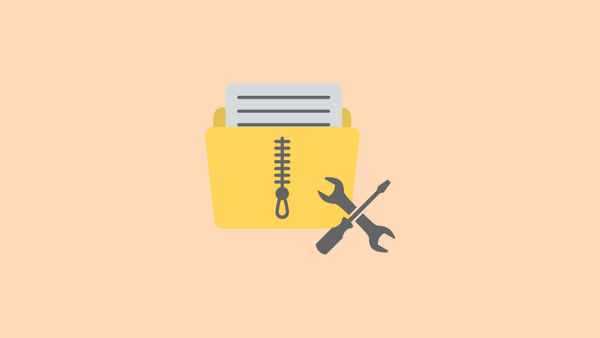
Member discussion